Money and Love
What literature tells us about the link between money and love
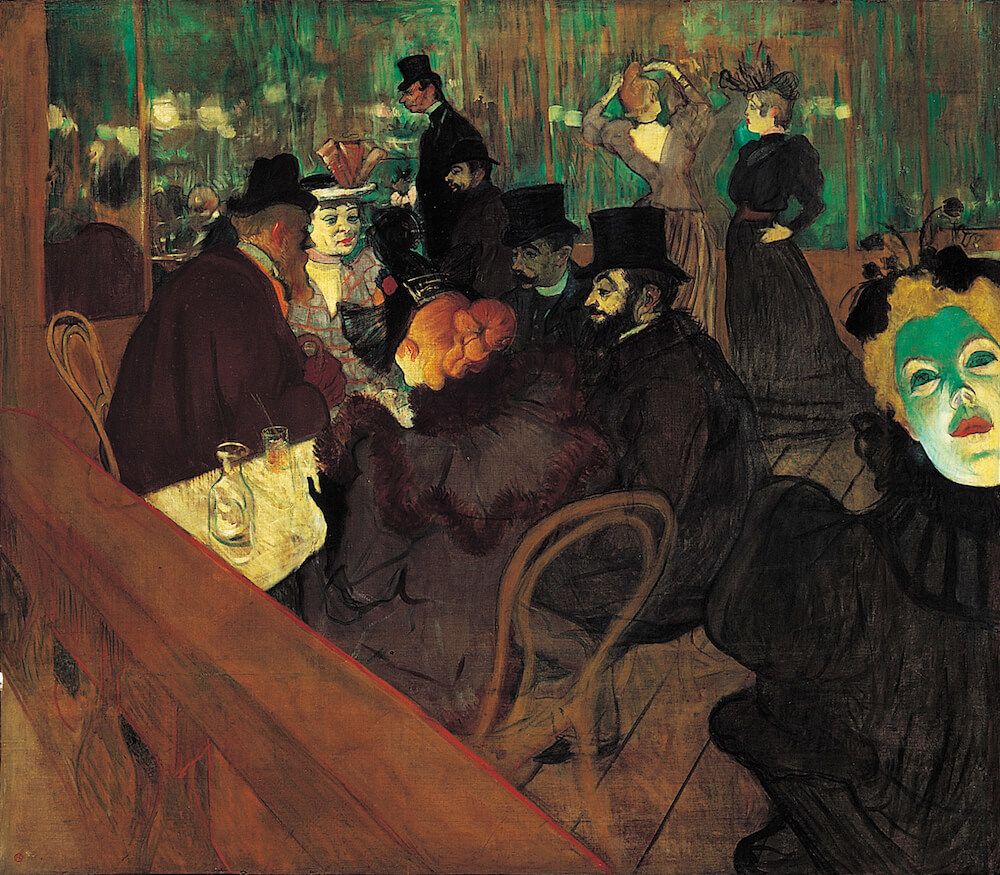

In today's Europe, we probably most often think of money as a medium of exchange or a means to an end. We go to work and exchange performance for wages. We then exchange the salary for food at the supermarket, for beer at the local pub, or for new clothes at the mall.
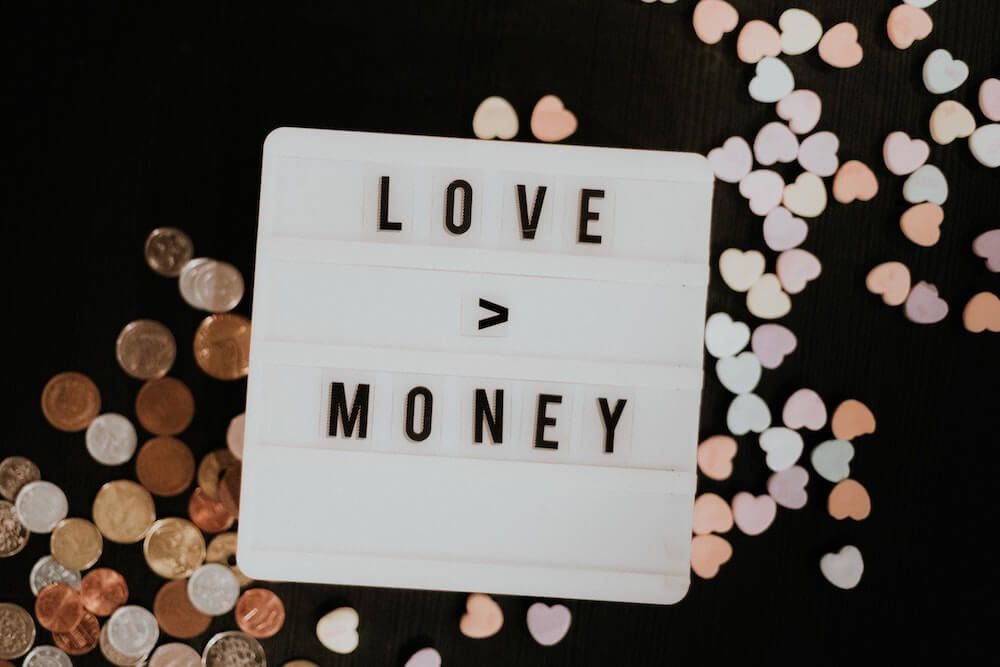
Love, on the other hand, is an immaterial good for most of us, an abstract idea. As an ideal, it should be detached from issues such as status, profession or money. How alienating we nowadays find the idea that money can also be exchanged for love can be seen, for example, in the debates about whether prostitution should be banned altogether. Historically, however, such a separation of the two areas is quite new.
A close link between money and love was very common for a long time.
Three literary works tell us exactly what this looked like.

Henri de Toulouse-Lautrec, At the MoulinRouge
Henri de Toulouse-Lautrec, At the MoulinRouge
No money no love – Guy de Maupassants Bel-Ami (1885)
Ca. 1900. The French soldier George Duroy is young and attractive. He would like to spend his evenings in Parisian cafés, with a cold beer on the table and a beautiful woman in his arms. If necessary, he would also pay the lady for her services. The problem: Unfortunately, he is so poor that on some days he can't even afford his own beer, let alone a female companion.
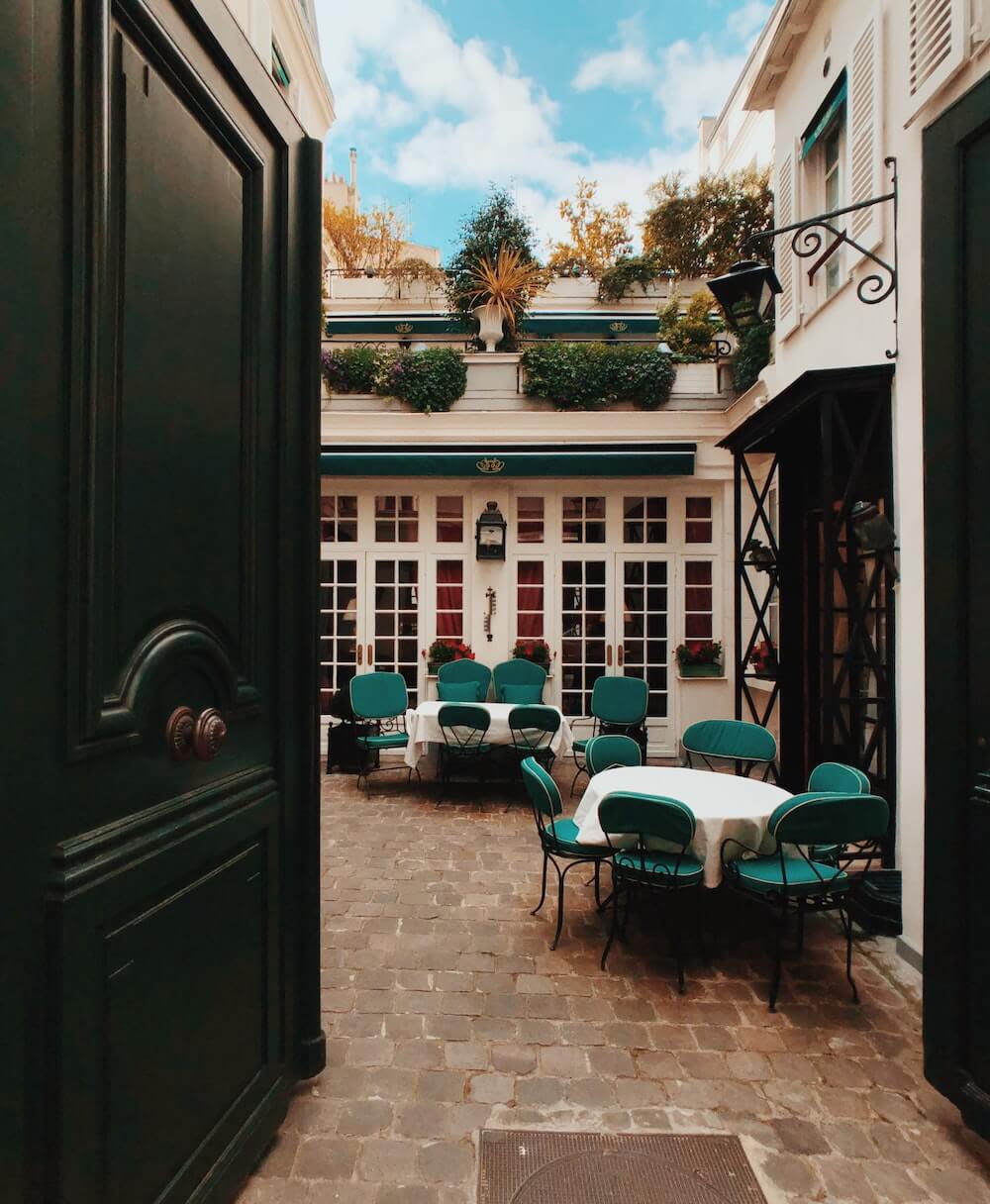
This shows us an important function of money. Money always enables social participation. Without money, Duroy cannot consume anything, cannot sit in a café, cannot get to know anyone.
"Networking," as we would call it today, doesn't work if you're not even let in the door. If you want to know how George Duroy makes it to money after all and through which beds his social rise leads him, you can read his story here.
“Ten thousand a year!” – Desirable bachelors by Jane Austen
Have you ever thought about the word "marriage market"? Marriage markets were originally folk festivals where people could look for marriage partners because there wasn't enough choice in their own village or they consisted of blood relatives. As mobility increased in Europe due to inventions such as the railroad, the festivals gradually disappeared. The idea that marriage is an economic transaction, however, did not.
How to make this transaction as profitable as possible is a central theme in the works of Jane Austen. We are in England, at the beginning of the 19th century, in the milieu of the upper middle class.
In her novels, there is almost always a family in desperate need of a cash injection, a series of differently beautiful and intelligent daughters of marriageable age, a mother who wants to barter them away as quickly and profitably as possible, and a father who finds the whole thing rather silly.
Then every time a rich bachelor moves into the area, there's a big hue and cry about how high his income is and how beautiful the daughter has to be to get him around. Because that's the rule of thumb: the richer the man, the more beautiful the woman.
By the way, the marriage markets of this era were the many balls, where the ladies convinced with their dresses and the gentlemen with their dancing skills. If this story has made you curious, learn more about Jane Austen's novels Pride and Prejudice and Mind and Sensibility under the buttons on the right.
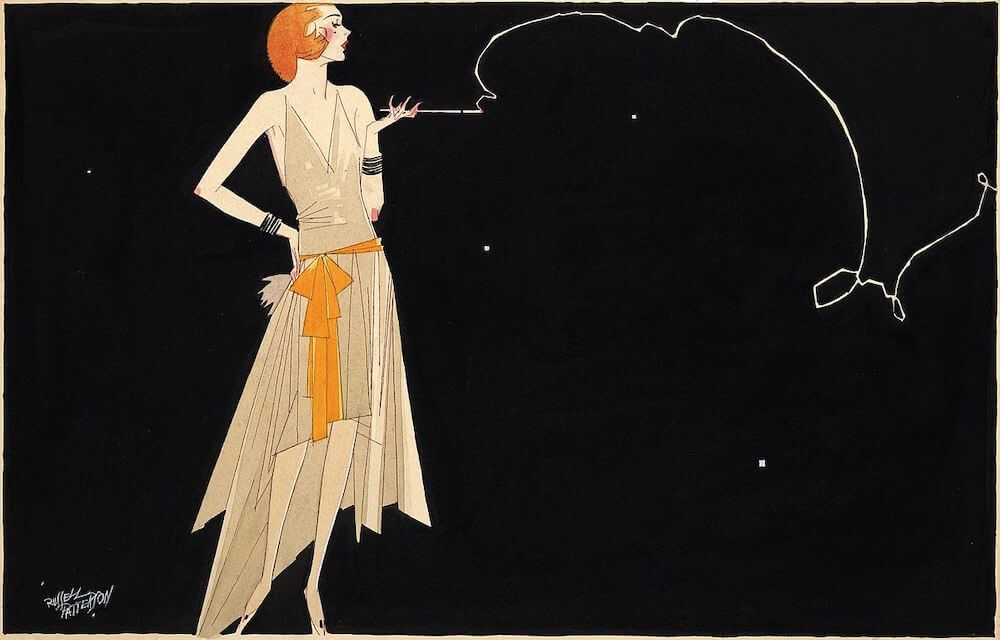
Where there's smoke there's fire, by Russell Patterson
Where there's smoke there's fire, by Russell Patterson

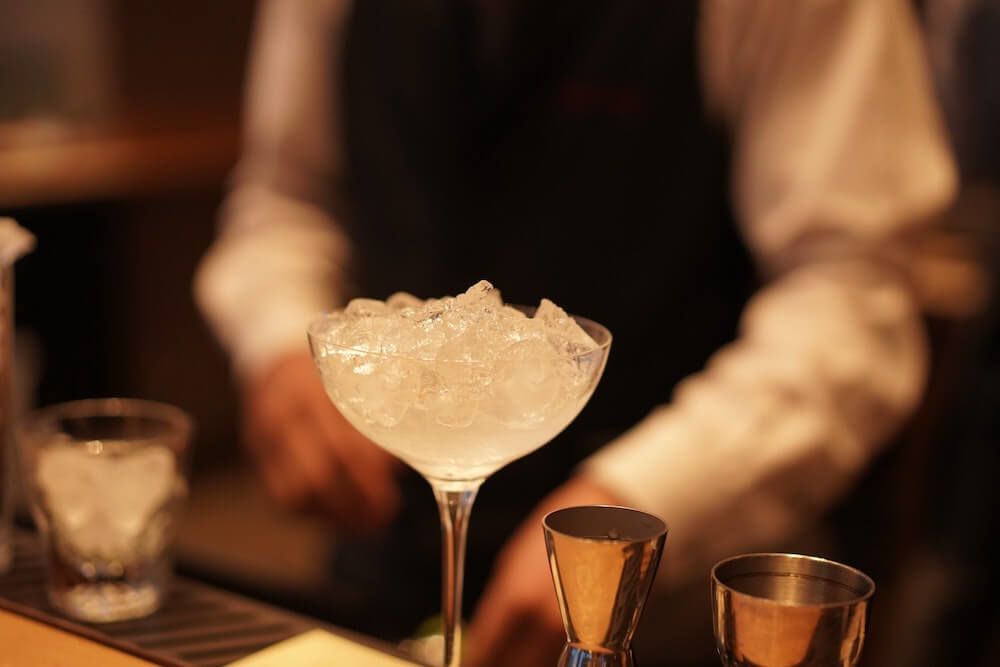
When money alone is not enough: F. Scott Fitzgerald, The great Gatsby (1925)
In our third story there is reciprocated love and a lot of money - and yet in the end it is a tragic story without a happy ending. When young Daisy falls in love with soldier James Gatz, he is not the right match for a lady of good family, for he is only a simple and penniless farmer's boy. So she marries the rich Tom Buchanan.
Many years later, Gatz - called Gatsby - has made it to immense wealth and wants to win Daisy back. She still loves him, but does not want to leave her husband.The novel gives no clear explanation for this decision, but many hints. Perhaps it is because Gatsby, as a newly rich upstart, is not accepted by the old-established elite. Maybe it's because, despite her feelings for Gatsby, Daisy's shared past with her husband means too much. And maybe Daisy is so unhappy about her obscene wealth, which doesn't fulfill her after all, that even Gatsby can't change that.
In any case, we see love and marriage taking on an increasing complexity in the 20th century that can no longer be explained as a simple transaction. For a more detailed portrait of Fitzgerald's best-known work, see below.
The agony of choice – William Shakespeare, The Merchant of Venice (1600)
We are in the vicinity of Venice, around 1600. The beautiful Portia has inherited a considerable fortune from her father and accordingly many suitors rush in. However, they must first solve a riddle. Only those who choose the right one from three boxes - one lead, one silver, one gold - will be given the rich heiress as their wife.
The gold box bears the inscription, "He who chooses me gains what many a man desires." The silver one says, "He who chooses me gains as much as he deserves." And the third, made of lead, says, "He who chooses me gives and dares his all."
If you think of the fairy tales from your childhood, you may quickly come to the conclusion that only the leaden box can be the right one. Those who want the gold are blinded by external wealth and beauty. Those who choose silver are only a little more modest at first glance, but still value themselves too highly. Only those who are truly modest and willing to give something will be rewarded for it later. Only those who dare to take the risk of marriage will win in the end.
Unfortunately, not everything in the play turns out as well as Portia's marriage to her suitor Bassanio. How another character loses money, the beloved daughter and his faith, you can read in this Bookophile article.
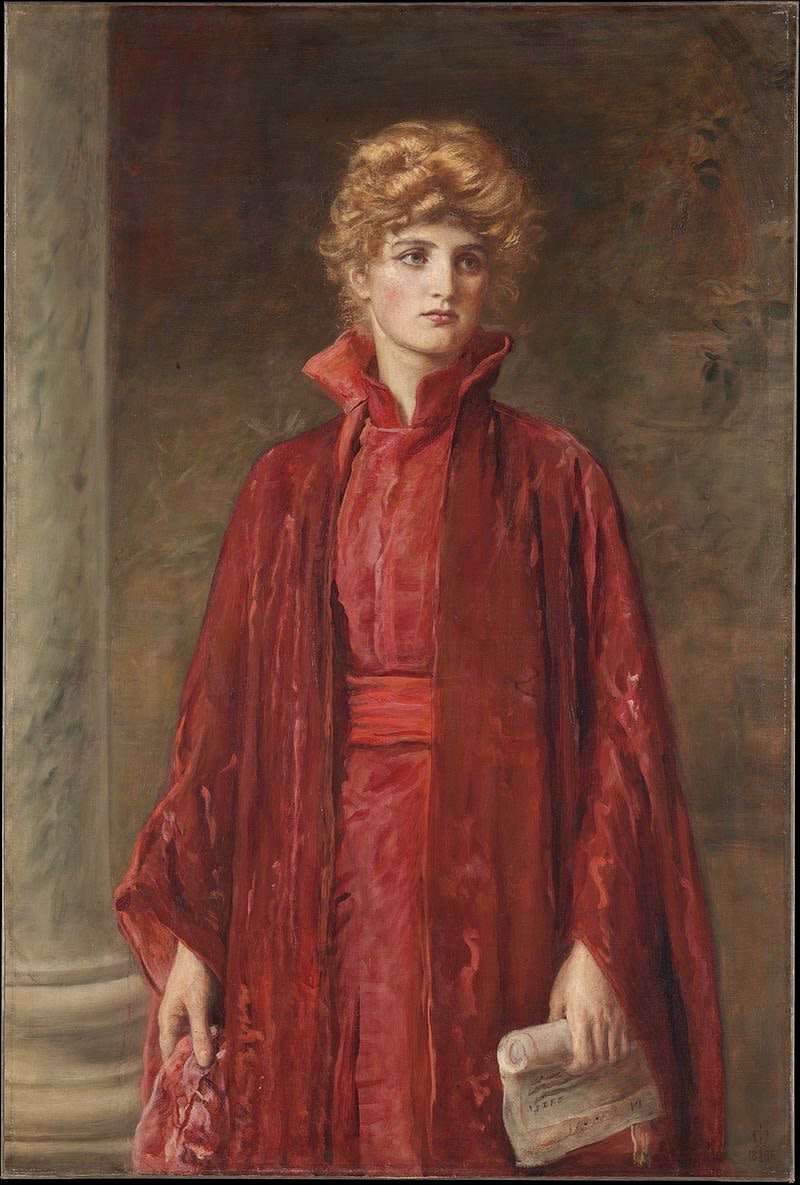
The beautiful Portia.
The beautiful Portia.
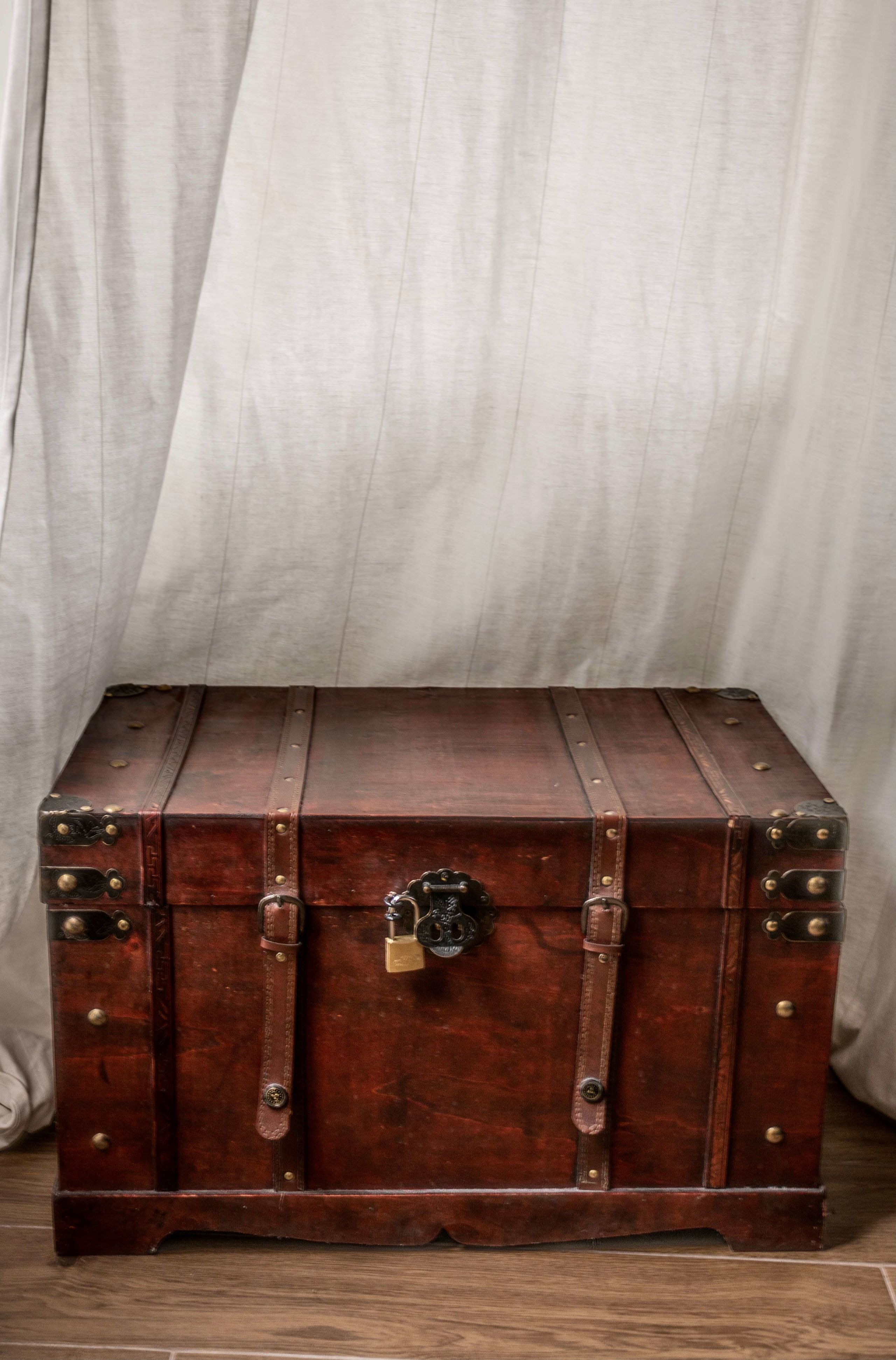
The boxes of gold, silver and lead.
The boxes of gold, silver and lead.
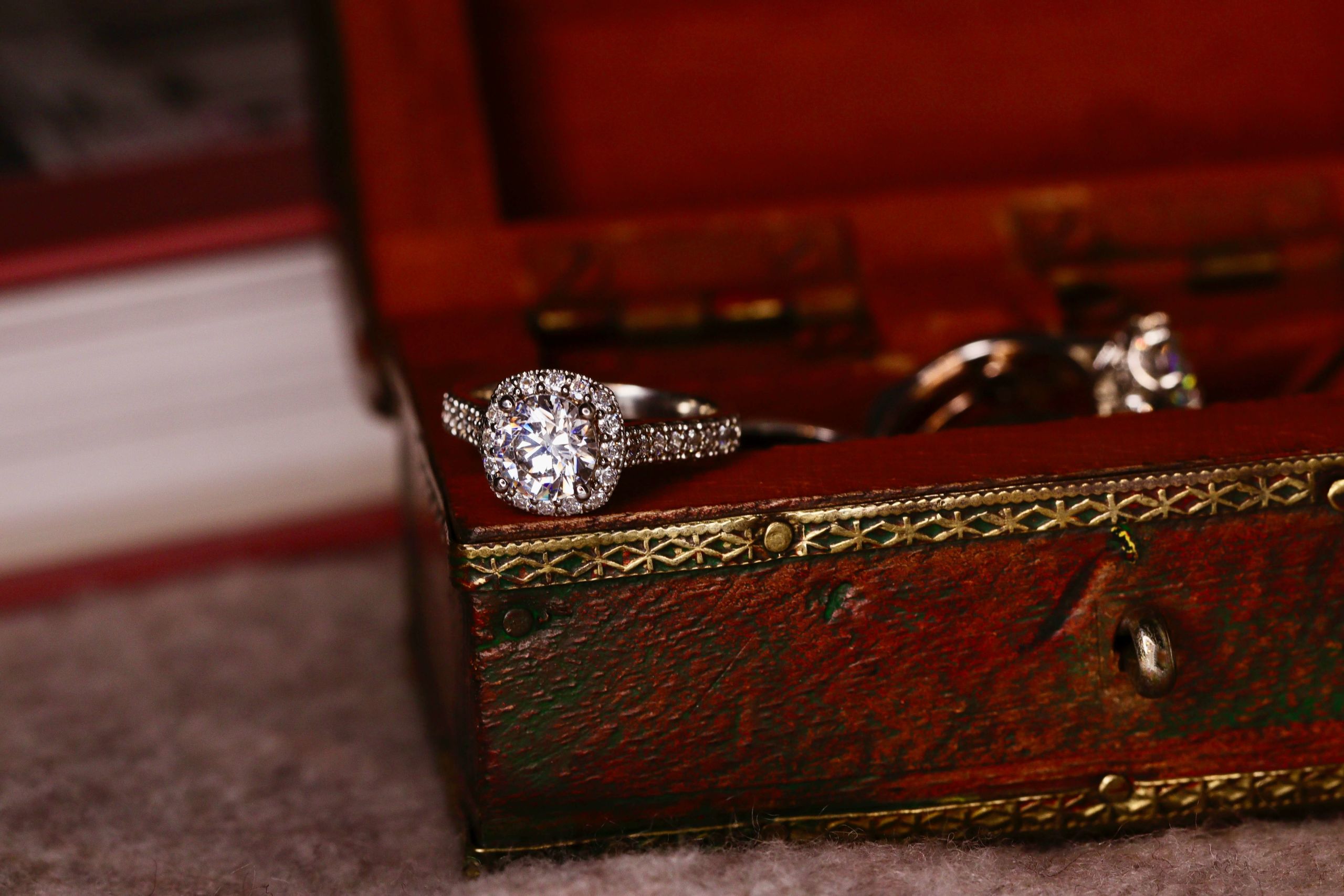
Is this the right box?
Is this the right box?

